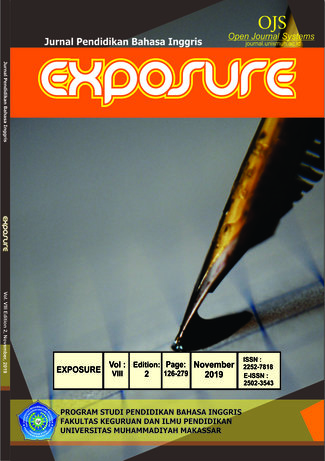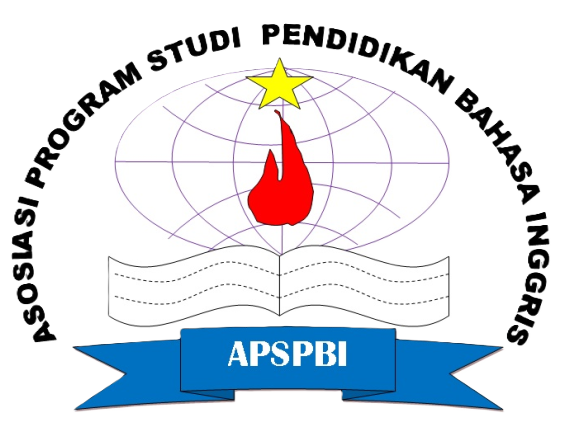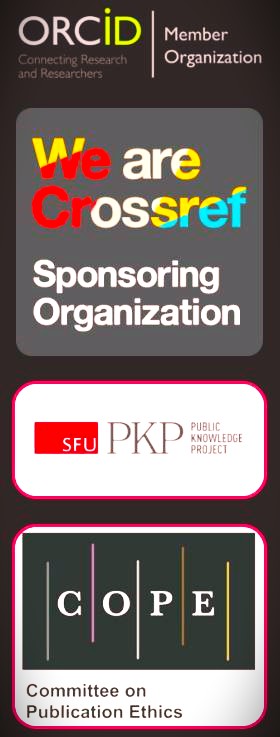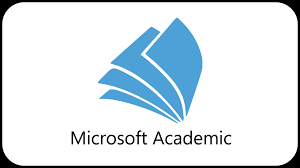LECTURER VOICES TOWARD FUTURE ENGLISH LANGUAGE TEACHING: AUGMENTED REALITY (AR) AND ARTIFICIAL INTELLIGENCE (AI)
DOI: https://doi.org/10.26618/exposure.v8i2.2684
Lecturer voices, Future ELT, Augmented Reality, Artificial Intelligence
Abstract
This research was carried out because of the rapid development of the application of English language learning along with the development of technology. The teachers are presented with so many choices of learning applications that are very easy to obtain. In the near future, language learning technology will continue to develop to utilize cutting-edge technology such as Augmented Reality (AR) and Artificial Intelligence (AI).
The purpose of this study is to see how the perceptions and understanding of several lecturers in Indonesia related to the development of AR and AI-based learning technology. Then also to see the extent of their support and readiness in concept and application. In the implementation, researchers used a qualitative approach by observing, determining samples, interviewing, studying documents and drawing conclusions.
The expected output in this study is to obtain the standard understanding of the lecturers related to the development of learning technology. Thus, there must be a change in the language learning paradigm by developing application-based learning methods. Overall, the results of this study are targeted to be published in a national journal with ISSN. To achieve these targets, this research has been made with a background, conception and objectives that are quite clearly supported with adequate references. Likewise with the methodology and data analysis process that have been used.
References
Ahmad, K. S., Sudweeks, F., & Armarego, J. (2015). Learning English vocabulary in a Mobile Assisted Language Learning (MALL) environment: A sociocultural study of migrant women. Interdisciplinary Journal of e-Skills and Life Long Learning, 11, 25-45. Retrieved from http://www.ijello.org/Volume11/IJELLv11p025-045Ahmad1566.pdf.
Arvanitis, P. (2012). Augmented Reality In Second Language Teaching and Learning?. Proceeding of 4th International Conference on Education and New Learning Technologies July 2nd-4th, 2012 — Barcelona, Spain, International Association of Technology, Education and Development (IATED).
Chinnery, G.M. (2006). Emerging Technologies Going to the MALL: Mobile Assisted Language Learning. Language Learning & Technology Journal January, 2006, Volume 10, Number 1, 1094-3501.
Dara Tafazoli, Niloofar Golshan. Review of Computer-Assisted Language Learning: History, Merits & Barriers. International Journal of Language and Linguistics. Special Issue: Teaching English as a Foreign/Second Language. Vol. 2, No. 5-1, 2014, pp. 32-38. doi: 10.11648/j.ijll.s.2014020501.15.
Davies, G., Otto, S.E.K., Rushcoff, B. (2013). Historical Perspective on CALL. London: Bloomsbury.
Dodigovic, M. (2007). Artificial Intelligence and Second Language Learning: An Efficient Approach to Error Remediation. Language Awareness Vol. 16, No. 2, 2007, 0965-8416.
Fotos, S., & Browne, C. The Development of CALL and Current Options. Retrieved on September 06th, 2018 from https://www.wordengine.jp/research/pdf/Development_CALL.pdf.
Godwin-Jones, R. (2016). Augmented reality and language learning: From annotated vocabulary to place-based mobile games. Language Learning & Technology 20(3), 9–19. Retrieved from http://llt.msu.edu/issues/october2016/emerging.pdf.
Gundogmus, N., Orhan, G., & Sahin, I. (2016). Foreign Language Teaching with Augmented Reality Application. Proceedings of Educational & Social Sciences (EPESS), 2016 Volume 4, Pages 309-312, 2587 1730.
Hancook, D. R & Algozzine, B. 2006. Doing Case Study Research. New York:Lecturers College Press.
Kessler, G. (2017). Technology and the Future of Language Teaching. American Council on the Teaching of Foreign Languages (ACTFL) 2018;51:205 – 218.
Levy, M. (1997). Computer-assisted language learning: Context and conceptualization. New York: Oxford University Press.
Lotze, Netaya (2016): Goodbye to Classroom Teaching: Artificial Intelligence in Language Learning. Retrieved on September, 28th 2018 from https://www.goethe.de/en/spr/mag/dsk/21290629.html.
McClain, Denee M., "Artificially Intelligent Computer Assisted Language Learning System with AI Student Component" (2016). Senior Research Projects. 188.
Mc. Neil,S. (2018). Artificial Intelligence In The Classroom. Retrieved on September, 28th 2018 from https://educationblog.microsoft.com/2018/03/artificial-intelligence-in-the-classroom/.
Miles, M. B & Huberman, A.M. 1994. Qualitative Data Analysis: An Expanded Sourcebook 2nd Edition. California:Sage Publications.
Moralishvili, S. Augmented Reality in Foreign Language Learning. Retrieved on September 26th, 2018 from https://atsu.edu.ge/EJournal/HENTI2015/eJournal/Papers/MoralishviliSophio.pdf.
Shyamlee, S.D., & Phil, M. (2012). Use of Technology in English Language Teaching and Learning”: An Analysis. International Conference on Language, Medias and Culture IPEDR vol.33 (2012) IACSIT Press, Singapore.
Wagner, MN.L.,et al. (2016). Perspectives of Introduction of the Mobile-Assisted Language Learning (Mall) Technology. International Journal of Environmental & Science Education 2016, Vol. 11, No. 15, 8562-8571.
Downloads
Published
How to Cite
Issue
Section
License
Authors who publish with this journal agree to the following terms:
In order to assure the highest standards for published articles, a peer review policy is applied. In pursue of the compliance with academic standards, all parties involved in the publishing process (the authors, the editors and the editorial board and the reviewers) agree to meet the responsibilities stated below in accordance to the Journal publication ethics and malpractice statement.
Duties of Authors:
- The author(s) warrant that the submitted article is an original work, which has not been previously published, and that they have obtained an agreement from any co-author(s) prior to the manuscript’s submission;
- The author(s) should not submit articles describing essentially the same research to more than one journal;
- The authors(s) make certain that the manuscript meets the terms of the Manuscript Submission Guideline regarding appropriate academic citation and that no copyright infringement occurs;
- The authors(s) should inform the editors about any conflict of interests and report any errors they subsequently, discover in their manuscript.
Duties of Editors and the Editorial Board:
- The editors, together with the editorial board, are responsible for deciding upon the publication or rejection of the submitted manuscripts based only on their originality, significance, and relevance to the domains of the journal;
- The editors evaluate the manuscripts compliance with academic criteria, the domains of the journal and the guidelines;
- The editors must at all times respect the confidentiality of any information pertaining to the submitted manuscripts;
- The editors assign the review of each manuscript to two reviewers chosen according to their domains of expertise. The editors must take into account any conflict of interest reported by the authors and the reviewers.
- The editors must ensure that the comments and recommendations of the reviewers are sent to the author(s) in due time and that the manuscripts are returned to the editors, who take the final decision to publish them or not.
Authors are permitted and encouraged to post online a pre-publication manuscript (but not the Publisher’s final formatted PDF version of the Work) in institutional repositories or on their Websites prior to and during the submission process, as it can lead to productive exchanges, as well as earlier and greater citation of published work (see The Effect of Open Access). Any such posting made before acceptance and publication of the Work shall be updated upon publication to include a reference to the Publisher-assigned DOI (Digital Object Identifier) and a link to the online abstract for the final published Work in the Journal.














